Have you noticed that your ribcage starts expanding and your underbust increases in size at your first trimester?
What’s worse, your nipples become darker and your breasts become heavier. Don’t worry! These changes are absolutely normal when you're growing a baby.
Breast care during pregnancy
When pregnant mums face problems like swelling in the breasts, sensitive and tender nipples, here are some suggestions you can follow:
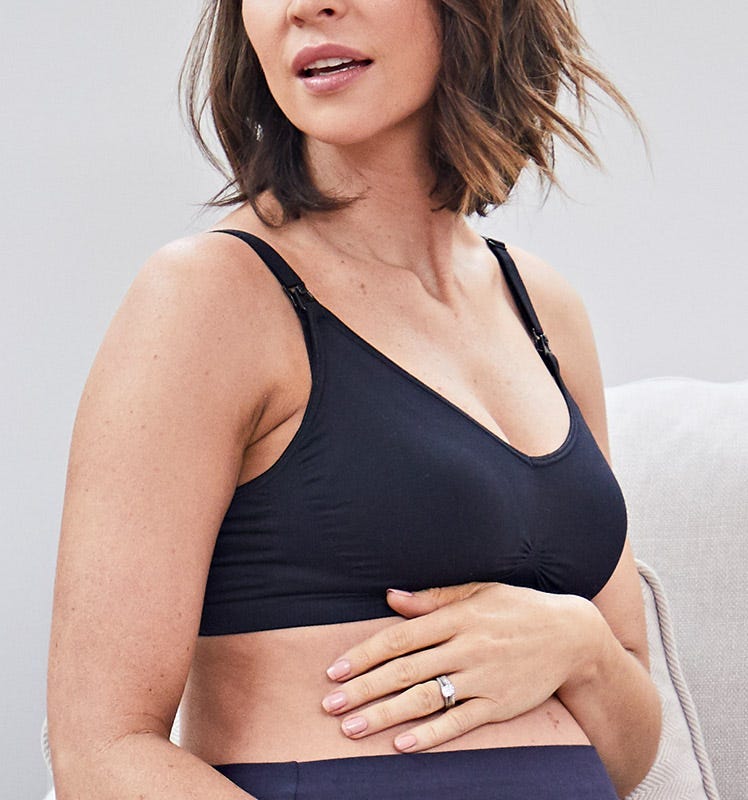

- Get the right bra
You may find the band of the bras are too tight and sometimes cause the red marks on your skin. Normally most women’s breasts change the most dramatically in the first to the second trimester. Consider changing your tight pre-pregnancy bra to a wirefree or flexi-wire style, allow it to grow with you and avoid suffocation and discomfort throughout pregnancy and beyond. The nursing clips design can be a plus point for breastfeeding after labour. - Maintain hygiene
Clean colostrum from your breasts using warm water. Also, you can stick with a quick absorbent breast pad. - Moisture your nipples
It is a good idea to apply some moisturising cream on the nipples if they feel too dry after the shower. Do take note of the ingredients of areola whitening creams. Ingredients like Hydroquinone are not suitable for pregnant moms and breastfeeding moms
Postnatal Breast Care
Breast care plays an important role to breastfeeding mums. Below are some tips you should take note:


- Comfortable feeding position
Make sure your baby is positioned and latched-on well at the breast to avoid cracked nipples. Point your nipple at the baby's nose, not at her mouth, so she'll lift her head up, open her mouth wide, and latch on deeply. Good lactation can help prevent those problems such as sore nipples, breast engorgement, plugged milk ducts, and mastitis. - Protect your breasts with day and sleeping bras
When you wear a bra, both during the day and night, it supports the structure of your breasts, especially the Cooper's ligaments. If not, your nipples will be directly in contact with your pajamas and cause discomfort. - Tips to take care of your cracked nipples
Moisturize your nipples with breast milk if you have cracked nipples. Also, some mums find that applying lanolin after feeding helps. Stop breastfeeding if you feel pain, but you can try hand expression. Please continue expressing the milk to maintain your milk supply. If you find the nipples do not recover and begin to swell, please seek the doctor for further treatment as your nipples may be infected and increase the risk of mastitis.


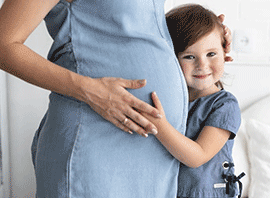
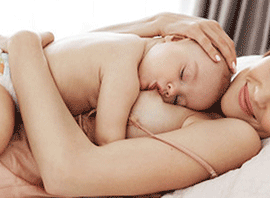
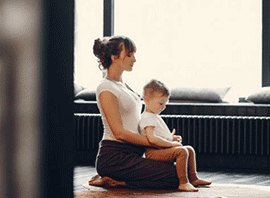
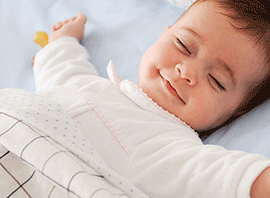




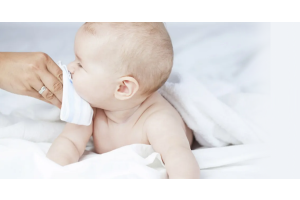
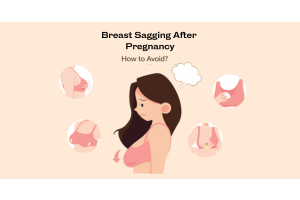
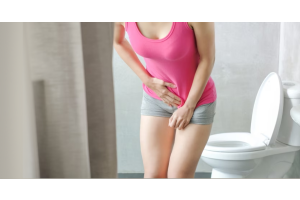
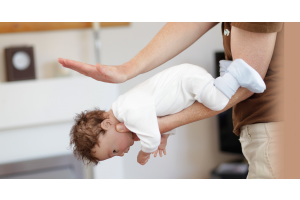
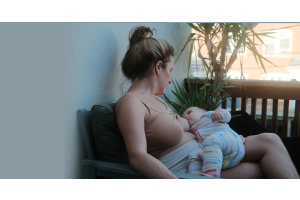
Validate your login
Sign In
Create New Account